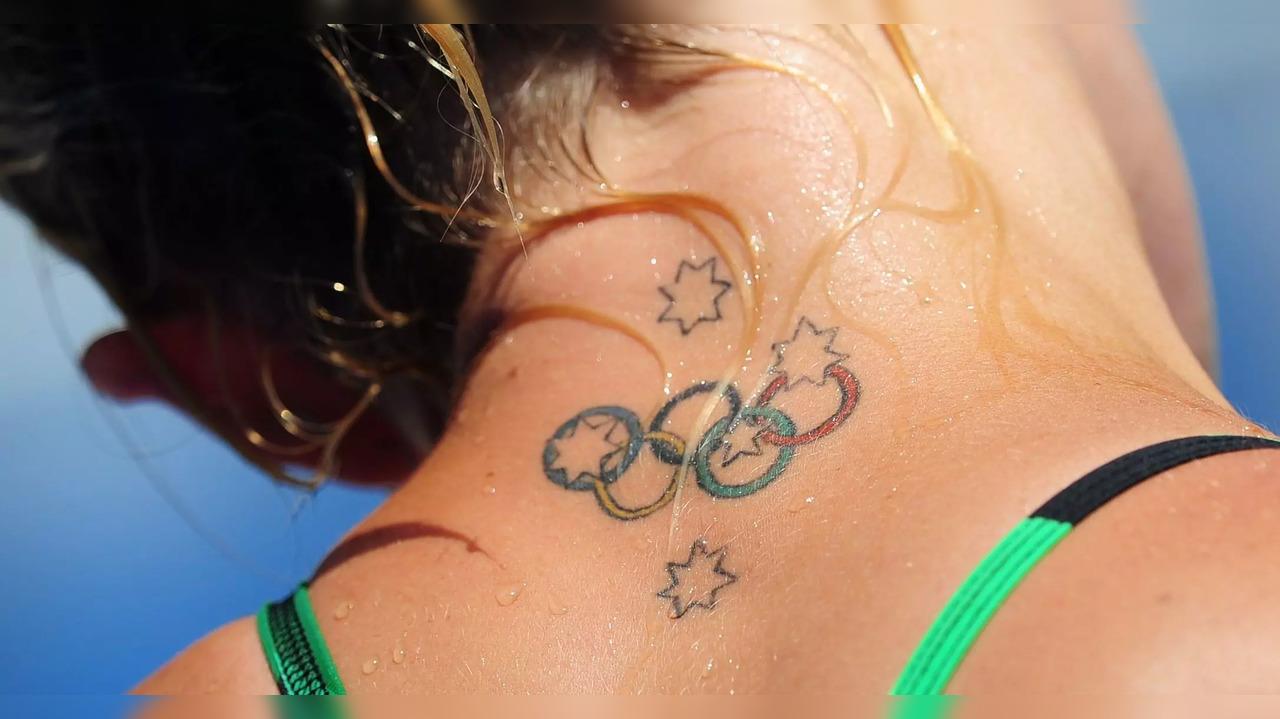KEY POINTS
- The IPC’s decision to lift the ban on Olympic ring tattoos allows athletes to compete without the need to cover their symbolic tattoos, a significant policy shift just days before the 2024 Paralympic Games.
- For years, the IPC enforced a rule requiring Paralympic athletes to hide Olympic ring tattoos to avoid brand confusion with the International Olympic Committee, despite the close relationship between the Olympic and Paralympic Games.
- The policy change has been widely welcomed by athletes, who have long argued that Olympic rings represent their dedication and achievements, rather than serving as promotional tools.
The International Paralympic Committee (IPC) has lifted its long-standing ban on displaying Olympic ring tattoos, a rule that required Paralympic athletes to cover such tattoos during competition. Days before the 2024 Paralympic Games in Paris, which will be held from August 28 to September 8, there has been an unexpected change in policy. The IPC’s decision represents a substantial shift in policy, but no compelling justification has been given for the reversal.
For many years, athletes who wore tattoos of Olympic rings on their bodies risked facing consequences for not covering them up during competitions, including disqualification. This regulation was put in place to put an end to what the IPC considered to be external promotion of the Games. International Olympic Committee (IOC), a separate entity from the IPC. Olympics and Paralympic GamesDespite their close relationship, they are two separate organizations with different emblems and statutes.
The IPC’s regulation arose out of concerns about the ambiguity of the branding. The Paralympic Games have their own emblem, the Agitos, but the Olympic rings, which symbolise the unification of the five inhabited continents, are one of the most recognisable symbols in the world. The Paralympic movement is symbolised by the Agitos, a spiral of red, blue and green crescents meaning “I move” in Latin. In the past, the IPC has claimed that displaying the Olympic rings could mislead people about the Paralympic branding.
The Olympic rings, athletes say, are not just advertising, but rather representations of their achievements and athletic career. They have long expressed discontent with the restriction. Rudy Garcia-Tolson, a swimmer and five-time Paralympic medalist, saw the Olympic rings on his upper back as a symbol of his long-held goal of competing in the Olympics. Garcia-Tolson got the tattoo as a way to honor his first gold medal at the 2004 Paralympic Games in Athens.
But Garcia-Tolson was forced to hide the tattoo when he competed in 2012 as a result of stricter IPC rules on Olympic imagery. Despite disagreeing with the regulation, he complied, frequently erasing the rings with a permanent marker. When this regulation was enforced, he nearly lost his qualification during a pre-Paralympic Games event in 2021 because the ink covering his tattoo faded during a race. After an appeal, Garcia-Tolson was allowed to return.
For many Paralympic athletes who felt the regulations were an unnecessary burden, the lifting of the ban is a relief. Athletes can now participate without worrying about hiding their Olympic ring tattoos thanks to the new IPC guidance. Nearly 4,000 competitors from around the world are preparing to take part in 22 sports at the Paris Paralympic Games, so this development comes at a crucial time.
Since the 1988 Seoul Games, the Paralympic Games, the largest international athletics competition for athletes with disabilities, have been held in the same city as the Summer Olympic Games. The IPC and IOC remain separate entities with different goals and brands despite their close affiliation. The IPC has changed the way it manages its relationship with the Olympic Games, as seen in its decision to repeal the tattoo restriction.
García-Tolson and other competitors will be able to focus on their performance without having to worry about hiding their tattoos as they aim to make a surprise return to the 2028 Paralympic Games in Los Angeles. Many in the Paralympic community have applauded the IPC’s decision, seeing it as a step in the right direction towards recognising the importance of the Olympic rings for athletes who have dedicated their entire lives to their sport.
Disclaimer:
The information contained in this post is for general information purposes only. We make no representations or warranties of any kind, express or implied, about the completeness, accuracy, reliability, suitability or availability with respect to the website or the information, products, services, or related graphics contained on the post for any purpose.
We respect the intellectual property rights of content creators. If you are the owner of any material featured on our website and have concerns about its use, please contact us. We are committed to addressing any copyright issues promptly and will remove any material within 2 days of receiving a request from the rightful owner.

